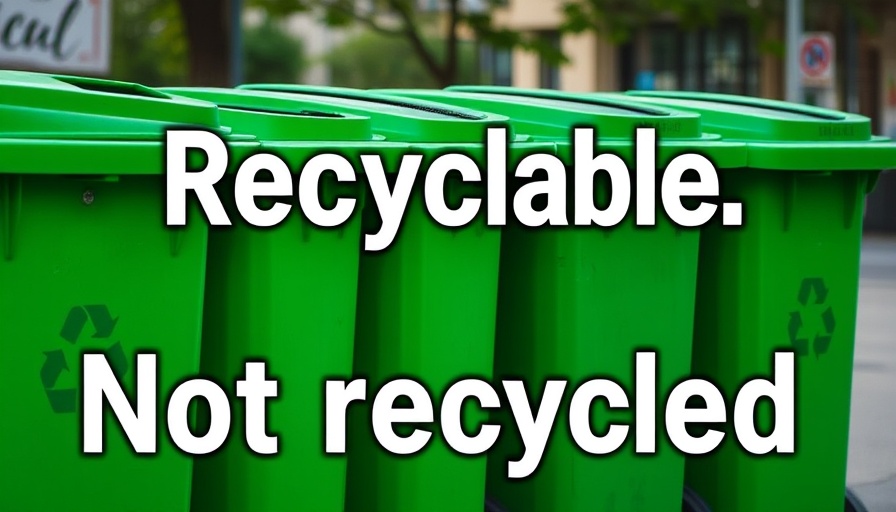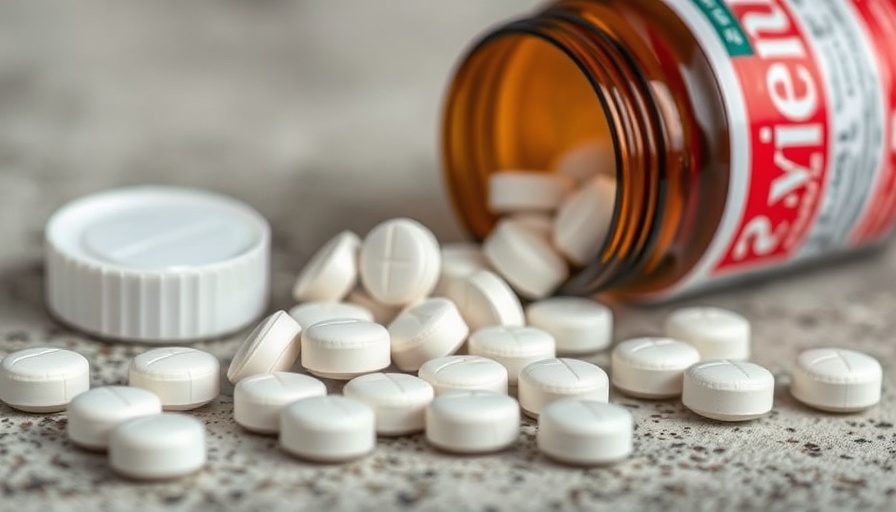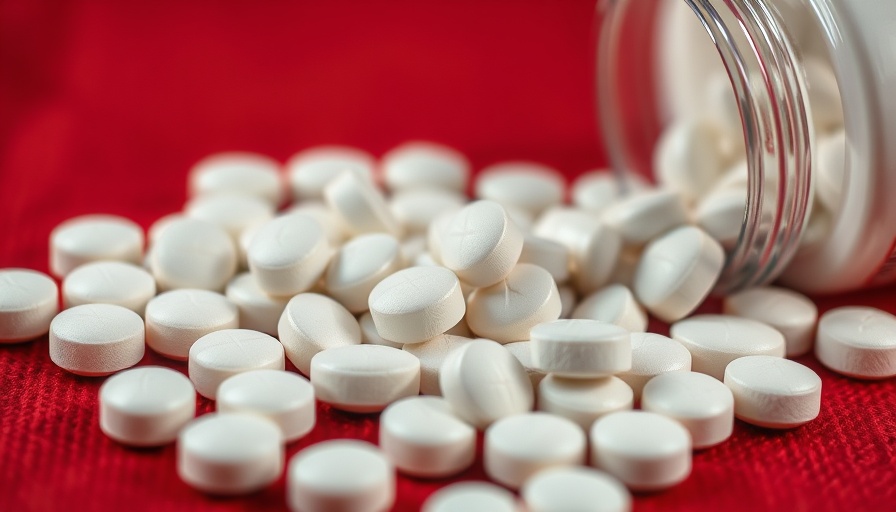
Recyclable, But Not Recycled: The Challenges in Beauty
In today’s beauty landscape, where sustainable practices are increasingly demanded by consumers, we find ourselves at a challenging crossroads. Many brands promote products as fully recyclable, yet the stark reality is that much of this packaging never actually gets recycled. Instead, it often ends up in landfills, leaving environmentally-conscious parents feeling frustrated and confused. With the rise of eco-conscious choices, parents of school-aged children are uniquely positioned to lead the charge toward better practices.
Understanding the Recycling Confusion
As Lorraine Dallmeier, a leading voice in beauty's sustainability movement, points out, being recyclable doesn't guarantee that packaging will be recycled. It’s a critical distinction that parents should be aware of when choosing products for their families. Many local recycling systems struggle to manage the complexities of modern packaging materials, particularly colored plastics that often escape the recycling stream altogether. Understanding these limitations can empower parents to choose brands that commit to sustainability beyond just recyclability.
New Regulations Introducing Change
Recent changes in legislation, notably the EU’s new Packaging and Packaging Waste Regulation (PPWR), aim to shift the entire beauty industry towards genuine recyclability by 2030. This law is ahead of current infrastructure capabilities and is causing stress for brands and consumers alike. Parents can play a pivotal role by supporting brands that align with these new regulations, creating a demand for genuinely sustainable packaging solutions.
Economic Drivers of Change
Economic penalties are becoming a crucial factor in pushing companies to rethink their packaging strategies. With eco-modulated fees in place, brands are incentivized to reduce the use of hard-to-recycle materials. Parents should be vigilant about the brands they support, choosing those that take responsibility for their environmental impact, ultimately teaching their children the importance of conscious consumerism.
Do You're Part: Navigating Recycling as a Family
Even the most dedicated eco-conscious consumers can feel overwhelmed by the mixed messages surrounding recycling labels and bin rules. Children can be taught how to responsibly recycle, making it a family affair that promotes environmental stewardship. This not only fosters good habits in children but also enhances family discussions around sustainability, bringing the issues into sharper focus.
Embracing True Sustainability
Dallmeier warns that if the beauty industry focuses solely on making products recyclable, it risks overlooking a broader opportunity—emphasizing reuse, refill options, and simply reducing the amount of packaging used. Parents can lead by example, opting for brands that implement strong initiatives for circularity and even engaging in DIY options for skincare and beauty to minimize packaging usage.
The Future of Sustainable Beauty is Circular
Looking ahead, the beauty industry will inevitably need to adapt to ways that privilege circular systems. This shift can be a wonderful talking point for parents as they educate their children about sustainability and the importance of supporting ethical brands. The building blocks of a better future in beauty can start at home, with simple lifestyle changes creating a ripple effect.
By sharing knowledge and taking small yet significant steps towards sustainability, parents can play an influential role in creating a caring world for the next generation. Remember, every little bit counts—lead by example, embrace reusable options, and support brands that are consciously striving for a greener future.
Join the Movement for Sustainable Beauty! If you enjoyed these insights, consider embracing the journey towards sustainability in your everyday choices. Let's work together to educate our families and foster a healthier environment.
 Add Row
Add Row  Add
Add 




Write A Comment